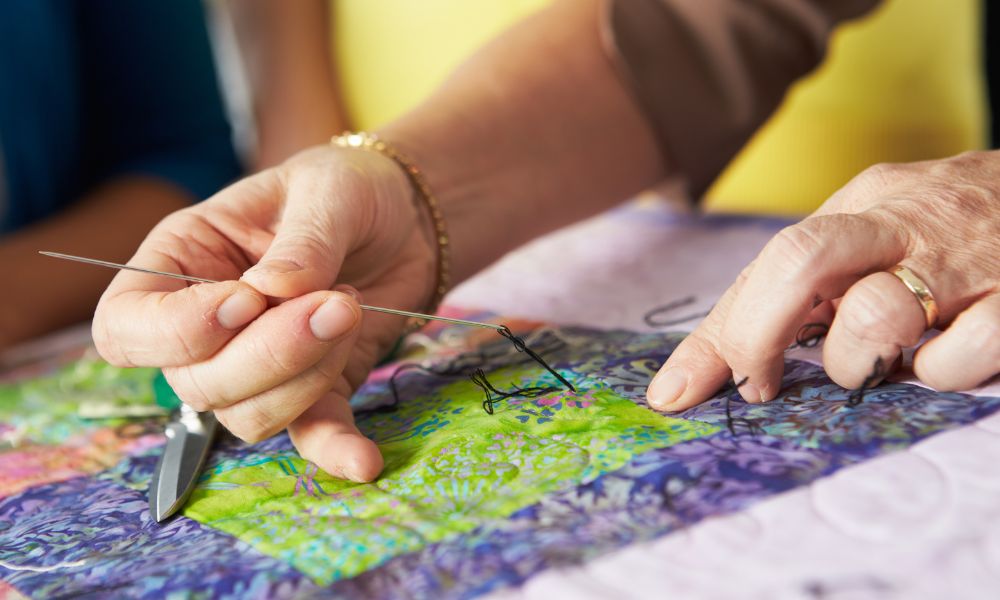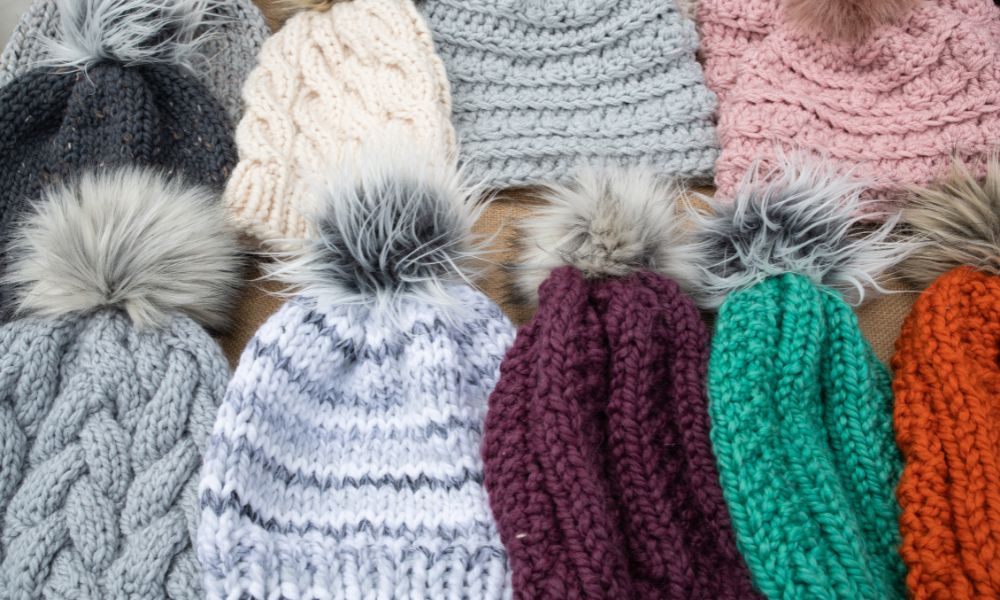Protect Your Colorful Quilt by Laundering It Properly

A handmade quilt makes a beautiful addition to any home. Unfortunately, whether you’re using it daily or keeping it on display, it won’t stay in pristine condition forever, especially if the quilt is colorful, since colors can fade over time. To keep a quilt clean and beautiful, you’ll need to launder it. But washing a quilt can damage it, so you must do it right. Keep reading to learn how to protect your quilt by laundering it properly.
How Frequently Should You Wash Your Quilt?
You shouldn’t wash quilts as frequently as the rest of your bed linens or blankets, even if you’re using them regularly, because doing so can make them fade. Instead, wash your handmade quilt every season, or every three months, unless you notice stains, in which case you should wash it as soon as the stain appears. You may also want to clean it more frequently if you have young children or pets since they can cause more wear and tear on quilts. To keep your quilt fresh in-between seasonal cleanings, air it outside. Just keep it away from direct sunlight, which can also cause fading.
How To Wash Your Quilt
You should only handwash handmade quilts. While machine-made quilts can survive washing machines, those machines can still damage the stitching, so it’s best to take the time to handwash them. If you decide to machine wash the quilt, do so on a gentle cycle with cold water and a dye-free, fragrance-free detergent. Wash it by itself with color catchers to make sure that none of the dye bleeds or stains another part of the quilt. You can dry these quilts in a dryer on permanent press or medium heat. Remove the quilt while it’s still damp so it can air dry the rest of the way.
What Supplies Do You Need for Handwashing?
You probably already have most of the supplies you need for handwashing quilts, but the following list will help you make sure you have everything before you start:
- Large clean basin, laundry sink, or bathtub
- Clean water source or distilled water
- Mild liquid laundry detergent
- White bed sheets
- White bath towels
- Optional: stain remover, distilled white vinegar, drying rack
How Do You Handwash Your Quilt?
You’ll need to follow specific steps before, during, and after washing your quilt to ensure it stays in good shape.
Before Washing
Before washing your quilt, check it for damaged areas and colorfastness. If there are any damaged areas, repair them before washing the quilt so they don’t get worse. If you’ve never cleaned this quilt before, test it for colorfastness. Do this by wetting a white cloth with cold water and rubbing the colorful areas of the quilt. If the colors bleed onto the fabric, you can try adding color catchers to the water you’re using for the handwash or take it to a professional dry cleaner.
You should also treat stains before washing your quilt. Most stain removers are safe to use on quilts, but you can also make your own with water and gentle all-fabric oxygen bleach. However, oxygen bleach is not safe to use on silk or wool quilts. Once you have your stain remover of choice, follow the directions on the packaging and allow the stain remover to soak into the quilt for 5-10 minutes.
During Washing
Now your quilt is ready to wash. Fill a large clean basin or bathtub with clean, cold water. If your house has hard or rusty water, use distilled water instead. You can buy distilled water or make it yourself, but make sure you give it plenty of time to get cold.
Once your basin is full of clean, cold water, add mild liquid laundry detergent, which should be free of dyes and fragrances. If you are using color catchers, you can also add them to your water at this time. Mix the detergent into the water to create foam.
After your detergent is ready, you can add your quilt to the basin. Make sure it’s fully submerged. Swirl it through the soapy water to make sure the soap completely covers the quilt. Moving your quilt through the water will also help remove any stubborn dirt you missed when looking for stains. After swirling the quilt several times through the basin, leave it to soak for 10 minutes.
Next, drain the dirty water out of the basin and fill it back up with fresh water. Use this water to rinse the quilt, and refill and rinse the quilt multiple times as needed until all the soap is gone.
You can also add half a cup of distilled white vinegar to the tub after draining the dirty water, which can help remove the detergent, soften the quilt, and brighten its colors. After the vinegar bath, drain the water, refill the basin, and rinse until the quilt is free of soap.
After Washing
After washing your quilt, you’ll realize it’s become extremely heavy. The easiest way to transport it out of the basin and somewhere it can dry is to lay it on top of a clean white sheet and create a sling. The sheet must be white to avoid color running. You can then pick up the sheet sling with the quilt in the middle and allow some water to drip out of the quilt. At this point you can squeeze the quilt to help some of the water drain out, but do not twist or wring it, as this can damage the stitching. Once the quilt is no longer dripping water, carry it in the sling to a safe place to dry.
How Do You Dry Your Quilt?
The drying process can take a short or long time, depending on the size and thickness of your quilt. Start by arranging a bed of dry white towels next to the basin and placing the quilt on top. Cover the quilt in more dry white towels and roll it up to squeeze more of the water out. The towels must be white, so colors don’t run from the towels onto the quilt. Next, arrange dry white towels on a bed or the floor if you’re drying the quilt inside or on the ground if you’re drying it outside. Place the quilt on this second bed of towels and cover it entirely in more dry white towels. You can use white sheets for this if you don’t have enough white towels. Leave the quilt on the towels or sheets until it is dry. If you need your space back, you can drape the quilt over a drying rack when it is partially dry and damp, but never try to hang it up.
Protecting your colorful quilt by laundering it properly takes a lot of time and hard work, but it’s worth it to keep your handmade quilt clean and beautiful. If you’re looking for supplies to start your next handmade quilt project, Lindley General Store has everything you need. We provide colorful quilting options such as batik quilting fabric, as well as a variety of other quilting fabrics, batting, thread, and needles. We’re happy to help you during every part of the quilting process.





Comments